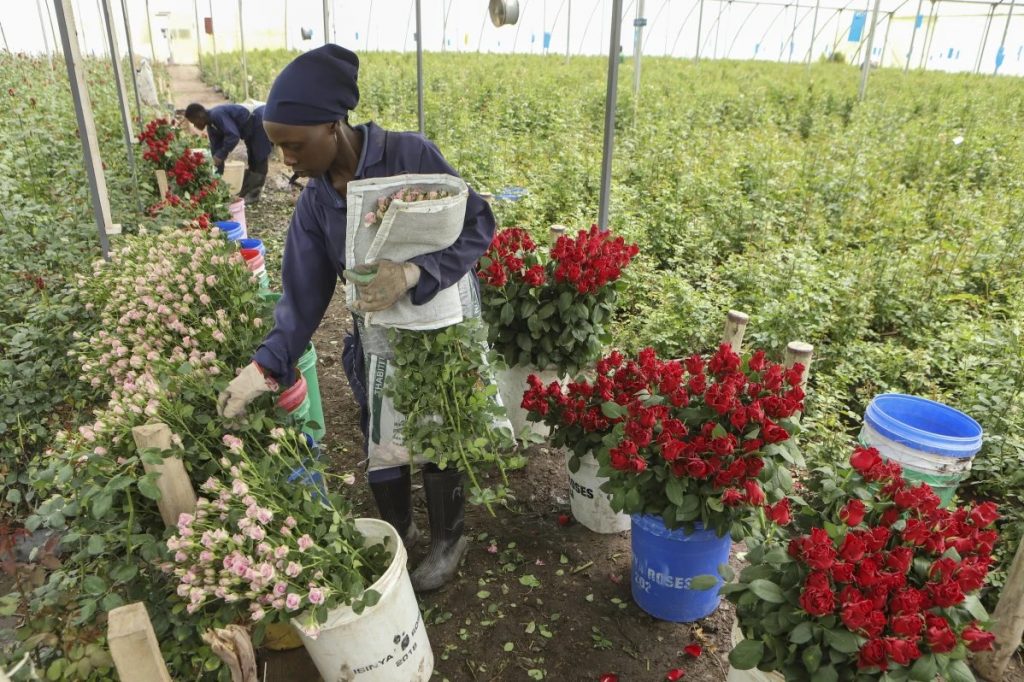
For flower growers, maintaining the quality and vase life of cut flowers after harvest is essential. Once flowers are separated from the parent plant, they undergo rapid physiological changes that can shorten their marketability. Managing water balance is critical to keeping stems firm, blooms fresh, and ensuring customer satisfaction.
Three key factors influencing postharvest performance include:
- Water Balance – Cut flowers continue to lose water through stomata on their leaves, especially in high temperatures and low humidity. If this water loss is not replenished through the cut stem, the flower’s water balance is disrupted.
- Nutrient Balance – Since cut flowers are placed in low-light environments post-harvest, they produce minimal food through photosynthesis. External nutrient supplementation is necessary to sustain their functions.
- Hormone Balance – Hormones serve as crucial signaling molecules for plant function. Once a flower is cut, its natural hormone sources are lost, and stress from cutting accelerates hormonal imbalances. Correcting these imbalances is essential for preserving flower quality.
Water Balance in Cut Flowers
A negative water balance when water loss exceeds water uptake leads to wilting, bent necks, incomplete flower opening, and premature death. Minimizing water loss and ensuring steady water uptake are crucial for maintaining a positive water balance.
Lower temperatures and higher humidity slow transpiration, reducing water loss. Additionally, keeping stem ends clean and unclogged ensures unimpeded water flow through the xylem, facilitating efficient hydration of leaves and flowers.
Strategies for Maintaining Proper Water Balance in Cut Flowers
- Optimal Storage Conditions – Store flowers in a cool, humid environment to reduce moisture loss.
- Effective Packaging – Use appropriate packaging and liners to prevent excessive dehydration.
- Hydration and Rehydration – Hydrate flowers at key stages, including pre-transportation, post-dry storage, and in vases, using commercially formulated hydration solutions and flower food to enhance water uptake.
